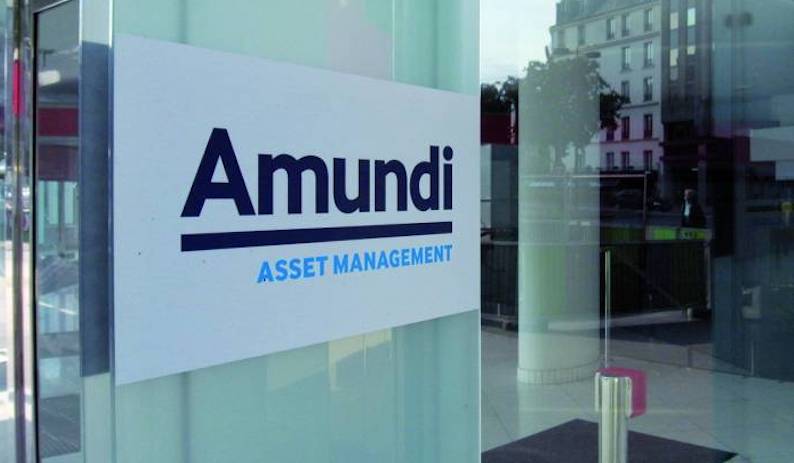The release and commentary is extremely concerning.
We feel that the Barclays board will instinctively wish to resist this as Diamond is clearly the architect and leading light of Barclays but feel that the pressure may be too great.
As to the impact on Barclays, the fine is a little over 1% of yesterday’s market capitalisation yet the share price (at time of writing) has fallen 16%.
This reflects both 1) the reputational cost, but as we point out below, Barclays is first in the firing line but are by no means alone and 2) the “on costs” of legal action, e.g. class actions are in theory considerable given that the Libor market is many hundreds of trillions.
However, our guess at this stage is that it will prove challenging for claimants to be meaningfully successful. Nevertheless this cloud could hang over Barclays for some time.
We expect that other banks will further populate the rogue’s gallery in due course. So, if Diamond goes, where does that leave Hester and Horta-Osorio of RBS and Lloyds respectively? Both have the advantage of being relatively recent appointees hence not responsible for past misdemeanours.
Moral disconnect
We have yet another episode that demonstrates the disconnect between what most of us think is reasonable and decent behaviour and that which has taken place at the banks.
When remuneration is added to the mix is not a surprise that we are entering another period of debate over the structure of and pay at banks.
We think it inevitable that the pragmatic stance taken thus far will be stretched to breaking point and beyond – there will be more changes and regulation.
The financials sector has proved to be very difficult to assess with the background of global and euro zone crises. These interbank rates’ revelations begs the question “what next?” and make the task of assessing exposure for our clients more difficult, even impossible.
Confidence in financial markets and the City was fragile, today it is unfortunately even more so.










